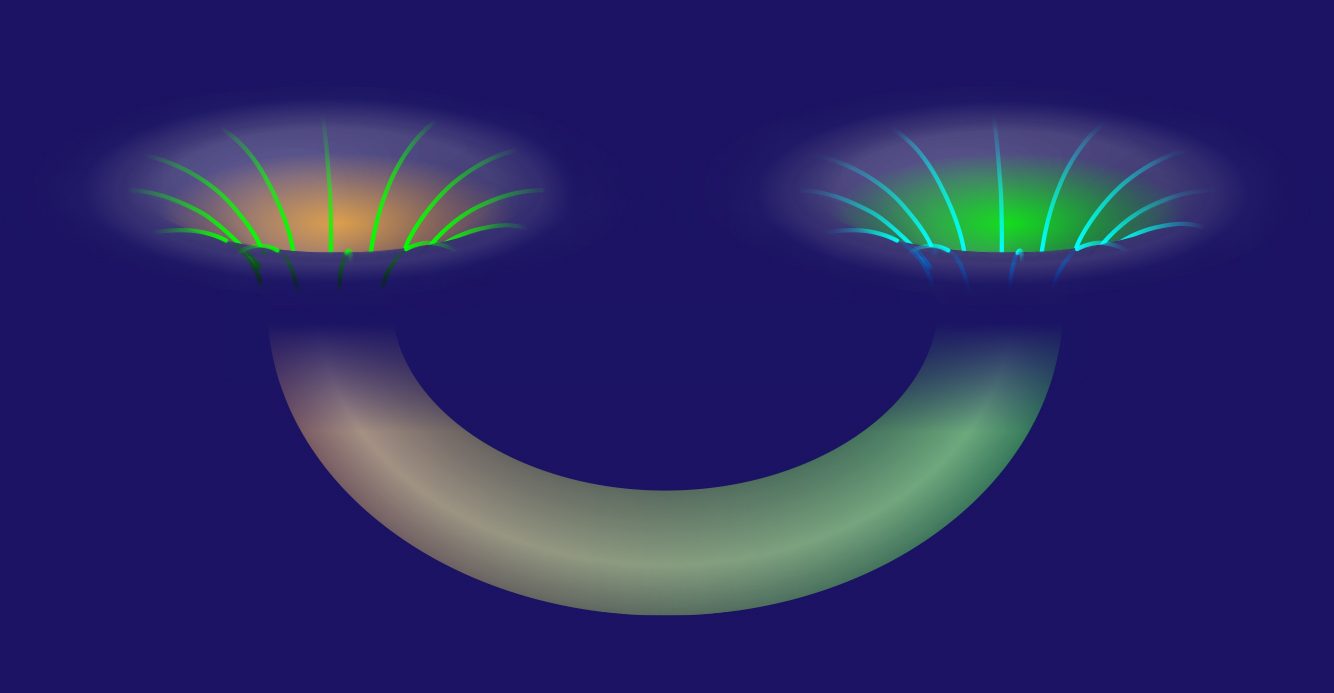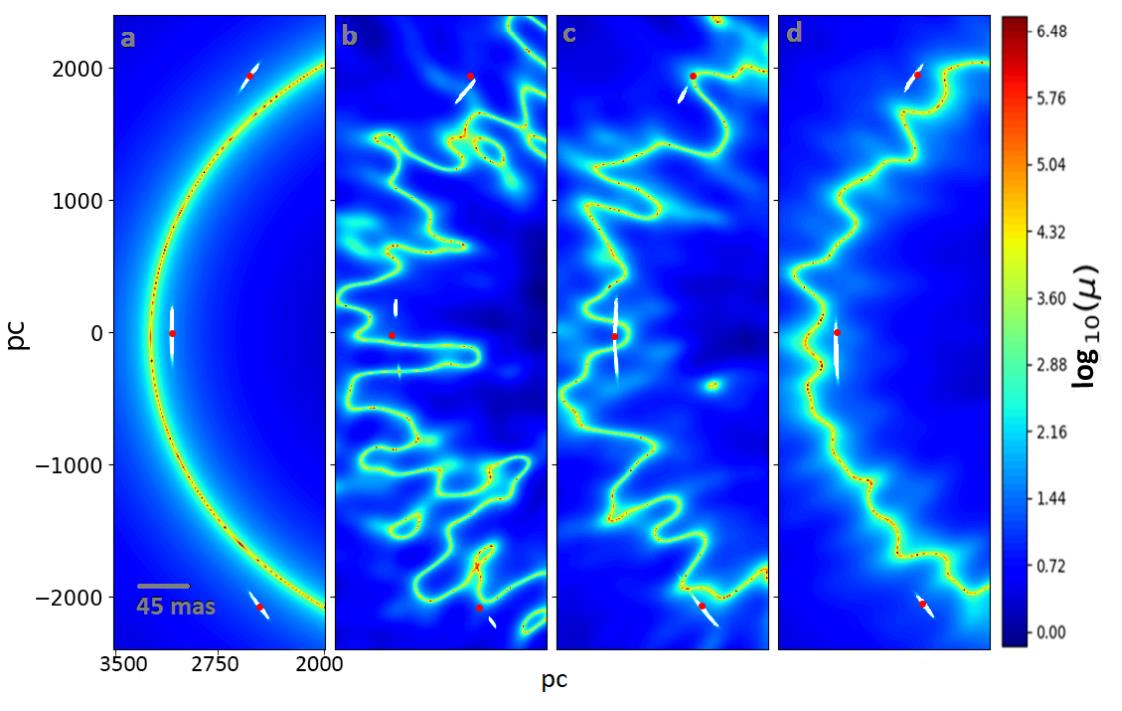Quarks and leptons are the smallest particles we know. Does something smaller exist?

- The search for the basic building blocks of matter goes all the way back to the philosophers of classical Greece.
- Today, physicists use enormous particle accelerators to study the tiniest building blocks.
- Quarks and leptons are the smallest particles that we know, but scientists keep hunting for something even smaller.
The ultimate goal of physics is to identify the smallest building blocks from which the Universe is built and describe the laws that govern them. Until we do this, our understanding of nature will be incomplete. Reaching this goal will challenge us for the foreseeable future, but researchers are using an enormous facility in Europe to study these tiny building blocks. At the Large Hadron Collider, researchers heat matter to temperatures much hotter than the center of the Sun.
Classical question, modern progress
What are the smallest and most basic ingredients of the Universe? The query is as old as science itself. Greek philosophers first asked it 2,500 years ago. Modern scientists know a great deal more about the subject, but even today, researchers fall short of a definitive answer. And so, after two millennia of investigation and many discoveries, scientific study continues on this age-old question.
As any chemistry student knows, the matter that surrounds you is made from endless combinations of about 100 different kinds of atoms — atoms with such names as hydrogen, oxygen, copper, and tin. While a thorough understanding of atoms will teach you most of what you need to know about chemistry, atoms are not the smallest component of matter.
Nearly a century ago, scientists realized that atoms are made of even smaller objects. Two tiny types of particles, protons and neutrons, were found in the dense cores at the center of atoms. A third type of particle swarms around the core like a cloud of hyper-caffeinated mosquitoes. This third particle is called an electron.
Protons, neutrons, and electrons were then thought to be the smallest building blocks of matter, but their classification would soon be usurped. About half a century ago, scientists discovered that the proton and neutron are composed of even smaller particles called quarks. Thus far, the electron has resisted all attempts to find a smaller particle within it. It remains the best-known member of a class of particles called leptons. Quarks and leptons have been observed and are considered settled science.
Observing the tiniest particles in the Universe
As of this writing, quarks and leptons are the smallest known building blocks in nature, and they are very small indeed. The most powerful instrumentation can see objects smaller than a proton, but quarks and leptons are too small to directly image with modern equipment. Yet despite their tiny size, many researchers wonder if perhaps quarks and leptons are built of even smaller things.
When scientists search for ever-smaller objects, they no longer use conventional microscopes. Instead they turn to particle accelerators, which smash together protons traveling near the speed of light. The ability to observe things on such small scales depends crucially on the energy at which protons are slammed together. The highest energy is able to image the smallest things.
The highest-energy particle accelerator in the world is the Large Hadron Collider, located on the Franco-Swiss border. This incredible facility, which began operations in 2011, can generate the hottest temperatures ever achieved in a laboratory. Using data recorded over the past decade, scientists are able to image things as small as 1/10,000 the size of a proton. When researchers used it to search for objects smaller than quarks and leptons, they found none. If such objects exist, they are smaller than the facility can detect.
The Large Hadron Collider will nevertheless continue to operate for the next several decades to improve our understanding of how matter behaves under extreme conditions. Among many other studies, scientists will continue to look for objects inside quarks and leptons, and future data should yield a ten-fold improvement in the smallest sizes that can be resolved. The Large Hadron Collider of course does much more than look for the tiniest particles — the facility is able to make many measurements. So far, data recorded from the collider has been used to publish more than 3,000 scientific papers.
Scientists hope to build an even more powerful facility that will dwarf the Large Hadron Collider’s capabilities. If built, such a facility will be able to more thoroughly study the laws of nature, including by searching for even smaller things. The time horizon for such a facility to begin operations would be in the early 2040s.
The search for the smallest particles remains one of science’s greatest pursuits. These particles would have dominated the Universe immediately after the cataclysmic Big Bang. If we really want to understand how the entire cosmos came to be, we must follow in the steps first walked by the ancient Greeks. Only then will we finally achieve the ultimate goals of physics research.





